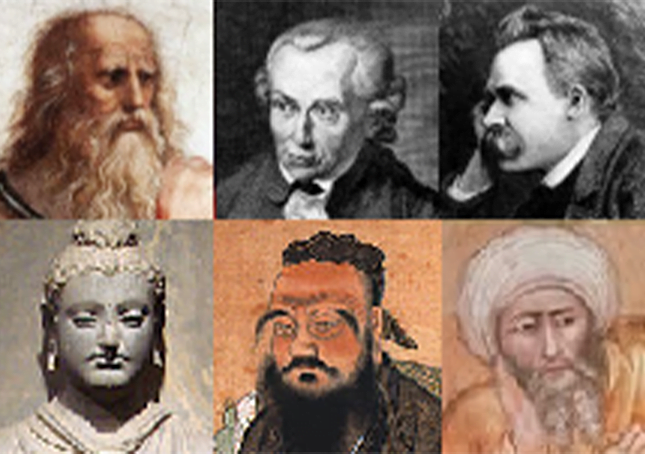Aesthetics

Aesthetics, or esthetics (/ɛsˈθɛtɪks, iːs-, æs-/), is a branch of philosophy that deals with the nature of beauty and taste, as well as the philosophy of art (its own area of philosophy that comes out of aesthetics).[1] It examines subjective and sensori-emotional values, or sometimes called judgments of sentiment and taste.
Aesthetics covers both natural and artificial sources of aesthetic experience and judgment. It considers what happens in our minds when we engage with aesthetic objects or environments such as in viewing visual art, listening to music, reading poetry, experiencing a play, exploring nature, and so on.
The philosophy of art specifically studies how artists imagine, create, and perform works of art, as well as how people use, enjoy, and criticize their art.
It deals with how one feels about art in general, why they like some works of art and not others, and how art can affect our moods or even our beliefs. Both aesthetics generally and philosophy of art especially ask questions like “What is art?,” “What is a work of art?,” and “What makes good art?”
Scholars in the field have defined aesthetics as “critical reflection on art, culture and nature”. In modern English, the term “aesthetic” can also refer to a set of principles underlying the works of a particular art movement or theory (one speaks, for example, of a Renaissance aesthetic).
The word aesthetic is derived from the Greek αἰσθητικός (aisthetikos, meaning “aesthetic, sensitive, sentient, pertaining to sense perception”), which in turn was derived from αἰσθάνομαι (aisthanomai, meaning “I perceive, feel, sense” and related to αἴσθησις (aisthēsis, “sensation”).
Aesthetics in this central sense has been said to start with the series of articles on “The Pleasures of the Imagination” which the journalist Joseph Addison wrote in the early issues of the magazine The Spectator in 1712.[8] The term “aesthetics” was appropriated and coined with new meaning by the German philosopher Alexander Baumgarten in his dissertation Meditationes philosophicae de nonnullis ad poema pertinentibus (“Philosophical considerations of some matters pertaining the poem”) in 1735; Baumgarten chose “aesthetics” because he wished to emphasize the experience of art as a means of knowing.
Aesthetics, a not very tidy intellectual discipline, is a heterogeneous collection of problems that concern the arts primarily but also relate to nature.[10] even though his later definition in the fragment Aesthetica (1750) is more often referred to as the first definition of modern aesthetics.
